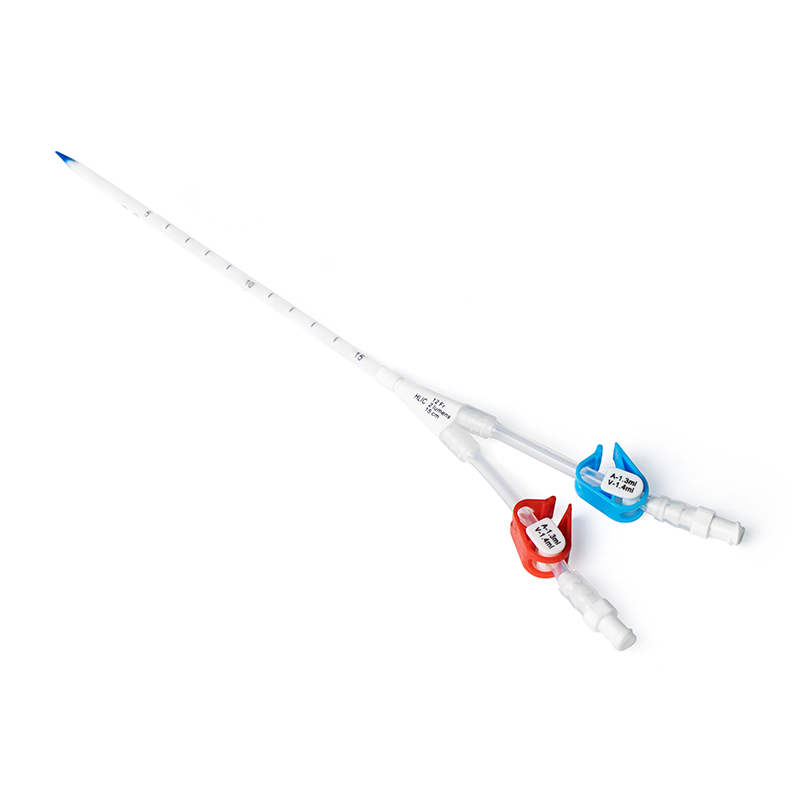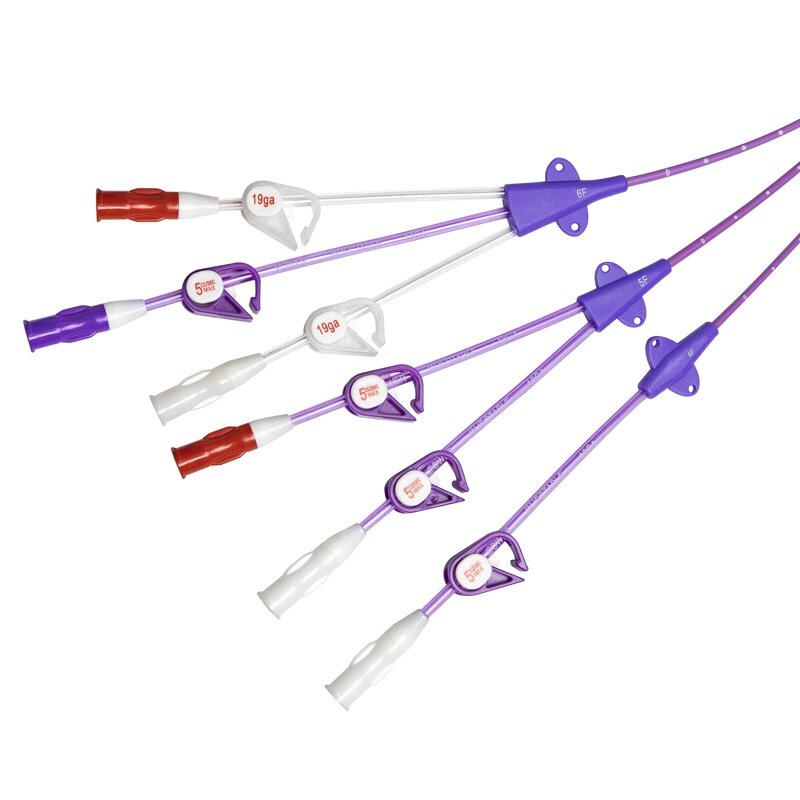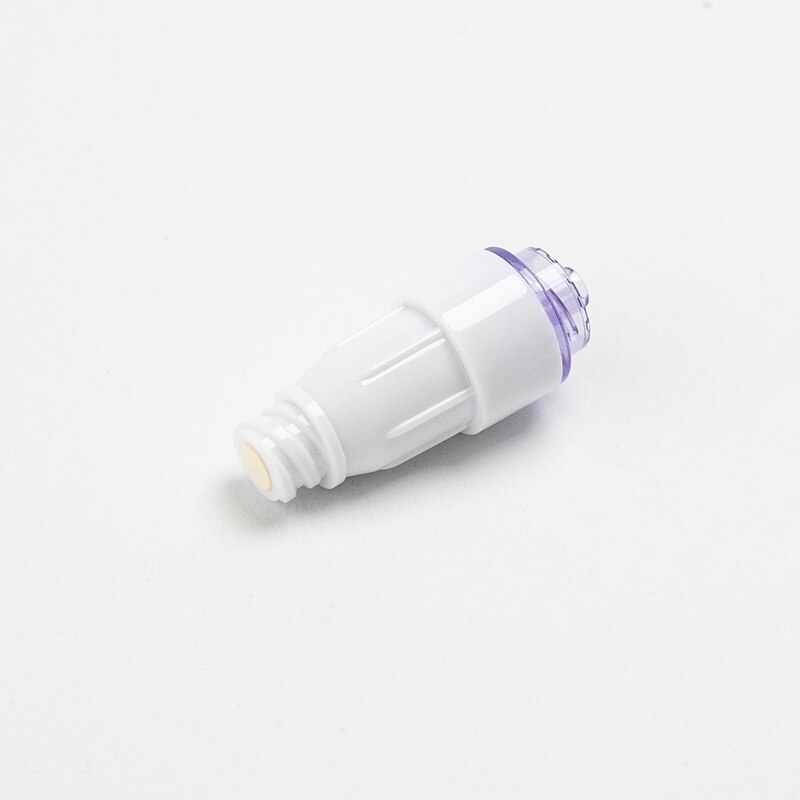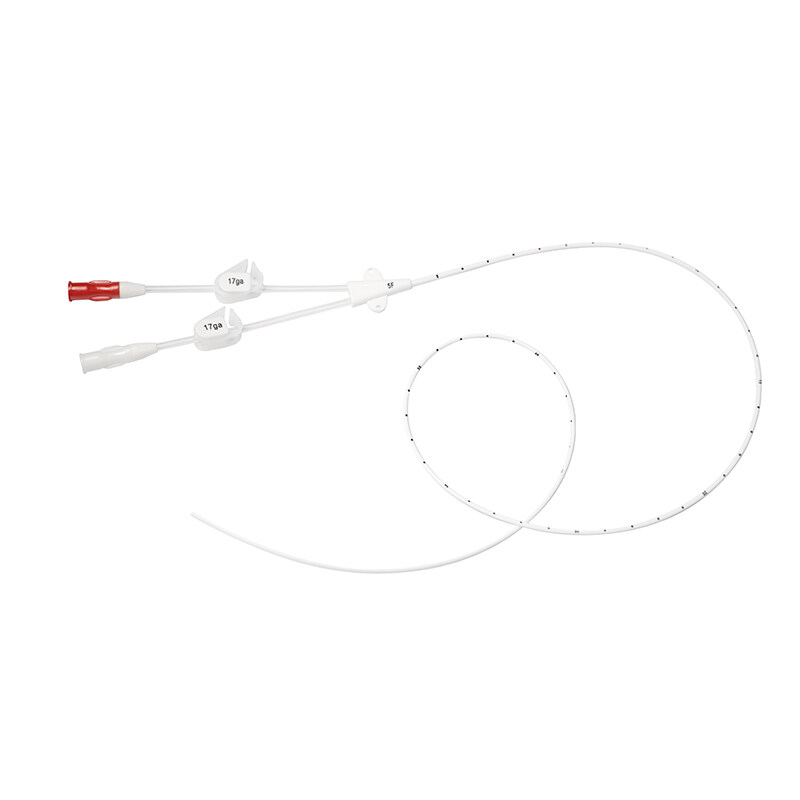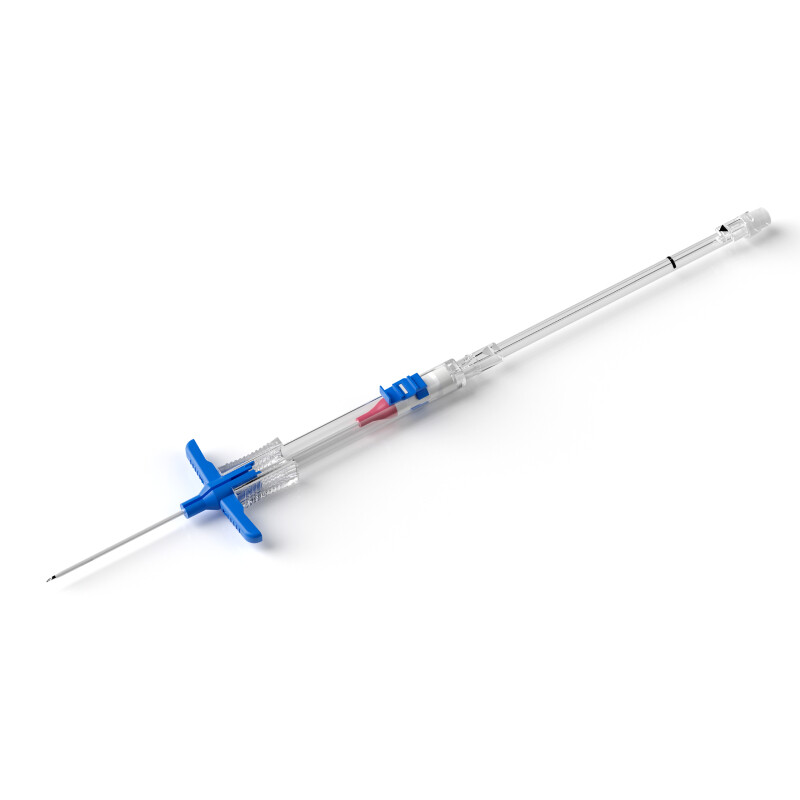Hemodialysis catheter placement is typically performed by a trained healthcare professional. The hemodialysis catheter insertion procedure involves the insertion of a flexible tube, called a catheter, into a large vein in the neck, and chest. The catheter is then advanced through the vein until it reaches a larger blood vessel near the heart.
The patient will receive local anesthesia to numb the insertion site before the hemodialysis catheter placement procedure. The healthcare professional will then make a small incision and insert the catheter through the skin and into the vein. The catheter is secured in place with sutures or adhesive dressings.
After the catheter is inserted, the healthcare professional will check its placement using imaging tests such as X-rays or ultrasounds. Once the catheter is properly positioned, hemodialysis treatment can begin. It is important for patients to follow strict hygiene protocols and keep the insertion site clean and dry to prevent infection.
How Long Can a Hemodialysis Catheter Stay in Place?
The length of time a hemodialysis catheter can stay in place depends on several factors, including the different types of hemodialysis catheters, the patient's medical condition, and the risk of infection.
A hemodialysis catheter should be removed as soon as possible once it is no longer needed.
In some cases, a hemodialysis catheter may need to be removed earlier than expected if the patient develops an infection, a blood clot, or other hemodialysis catheter complications.
Temporary hemodialysis catheter placement, which is often inserted into a large vein in the neck or chest, is typically used for short-term dialysis and can remain in place for several weeks to several months.
Long term hemodialysis catheters which are surgically implanted under the skin, can remain in place for several years. These catheters are typically used for patients who require long-term dialysis, such as those with chronic kidney disease. Patients who require long-term hemodialysis may need to have their catheter replaced periodically to maintain its function and reduce the risk of complications.
In general, the length of time a hemodialysis catheter can stay in place should be determined by a healthcare professional based on the individual patient's needs and medical condition. Regular monitoring and care of the catheter can help prevent complications and ensure the catheter is removed promptly when no longer needed.
How Often Should a Hemodialysis Catheter Be Checked and Cleaned?
Hemodialysis catheters should be checked and cleaned before and after each dialysis session. Patients should follow strict hygiene protocols and keep the insertion site clean and dry.
Additionally, healthcare professionals may recommend periodic catheter flushing or replacement to prevent infection and maintain the catheter's function.

